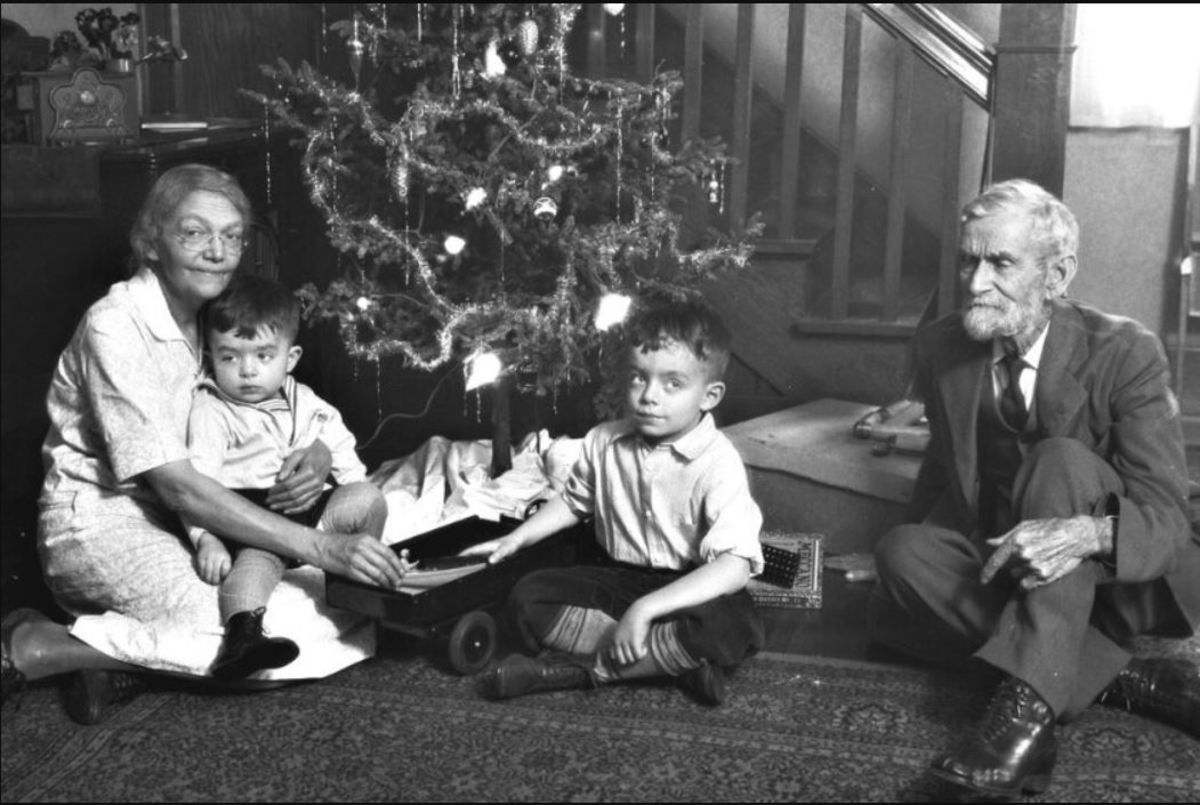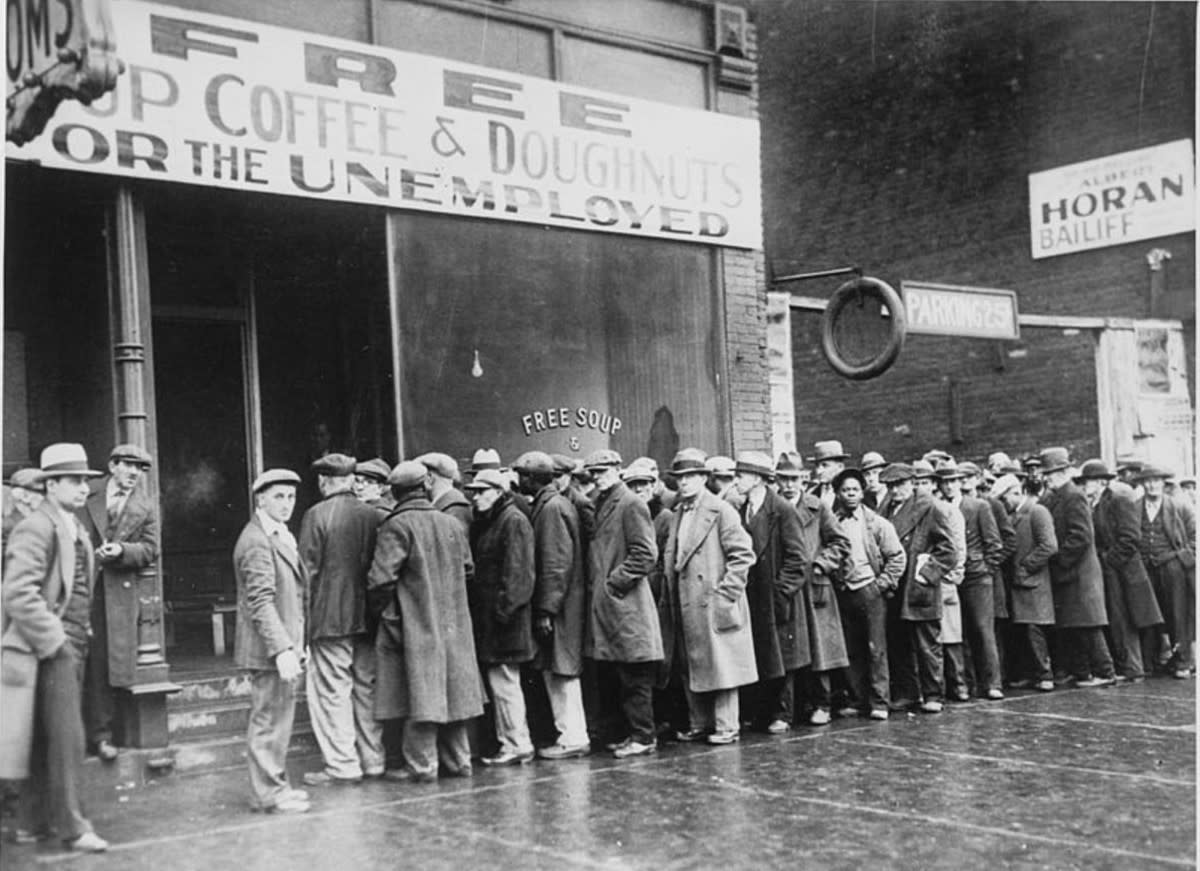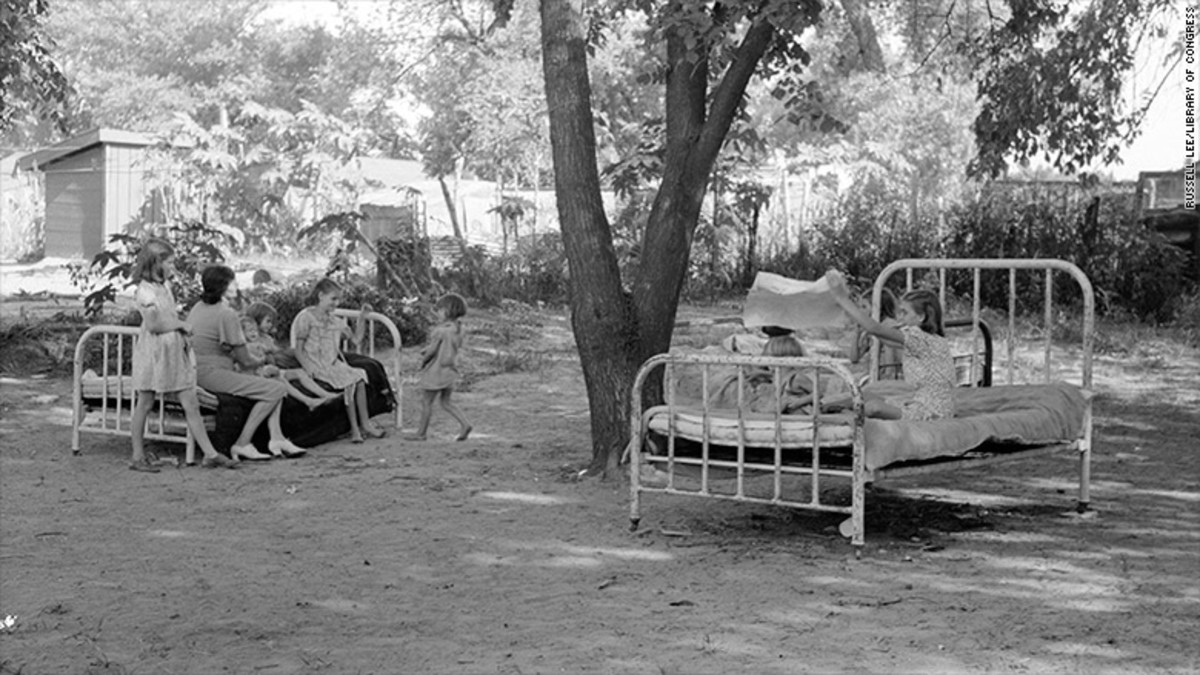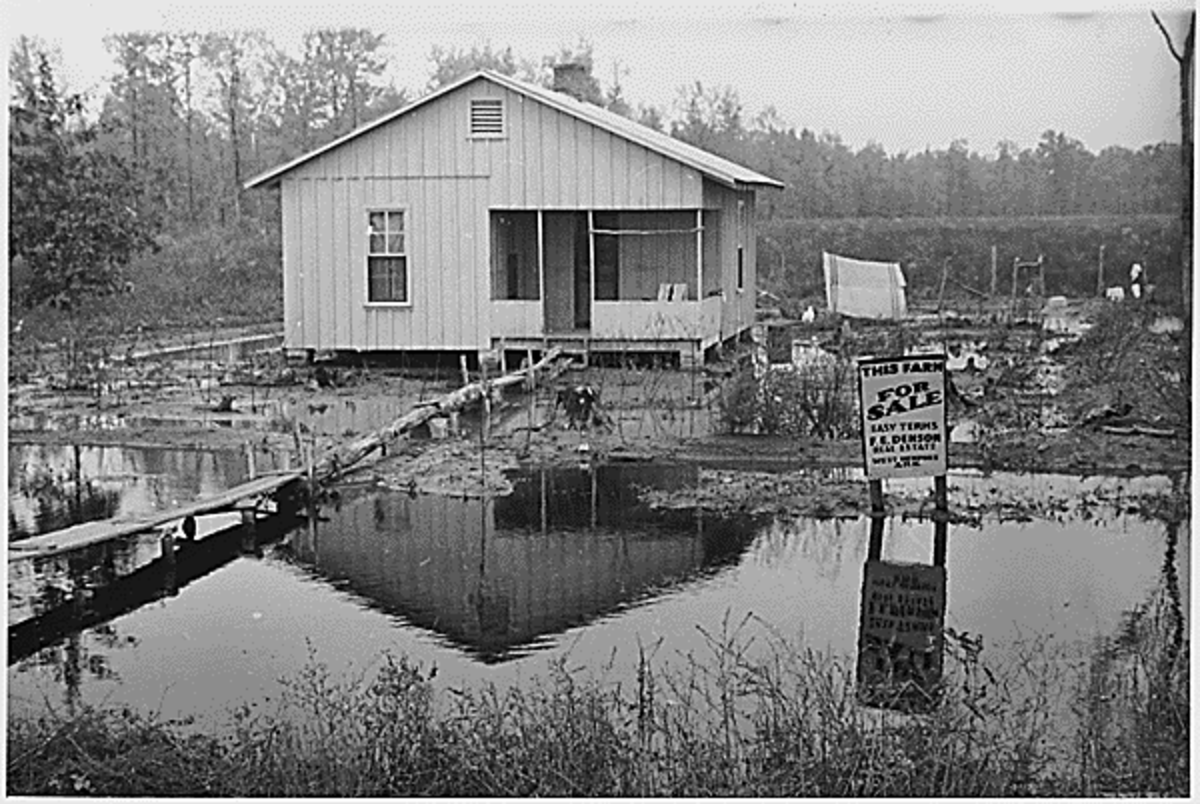How Did the Great Depress Affect Women in Canada? a Review of the Subject in "Tin Flute" by Gabrielle Roy
The great depression during the 1930s in Canada was a time when economic conditions were declining. During this time, employment opportunities were scarce and the wages were lowly paid. A study conducted by Association catholique de la jeunesse canadienne in 1933 established that unemployment rate was at 30% and for women, the percentage was even higher. All economic sectors were strongly affected.
This great depression had started in USA and spread to other countries around the world. In the year 1929, its effects started to be felt in Canada. In the year 1929 to 1939, the economy in Canada declined greatly; the situation became more serious in 1933. The depression reached its climax in 1939 when it finally bowed down. Women were provided with 35% of the job opportunities in the urban centres. Some of the sectors which women could be employed included clothing and food places, a few vacancies were allocated at heavy firms, railway stations or construction sites. Some worked at the household, restaurants or businesses entities. Those who were educated held jobs such as teaching and clerical. Most of the women who were employed were those who were unmarried. Once married, such women were expected to resign or rather abandon their jobs.
Inorder to counter with the lack of jobs and economic depression, many women designed different ways to cope with the situation. Many had to be both creative and flexible with regard to the type of work they had to perform. Family care was also part of their responsibilities. The period altered the way of life for many families. It also altered the cultural aspects of the Canadian peoples’ lives to an extent of causing conflicts between wives and their husbands, daughters and their parents or women and their and their siblings.
“Tin Flute” by Gabrielle Roy
“Tin Flute” which can be translated as second-hand happiness is a fictional novel written by Gabrielle Roy. The writer wrote this novel from his experiences of the great depression in Canada. The story is about a struggling family in one of the slums in Montreal. The family in question consists of Florentine Laçasse, her mother Ann Rose, her two siblings and the father. This depiction of poverty and suffering by this family gave a real picture of what the people in Montreal were going through at that time.
The story was written in 1940s at the time of the Second World War, and at which time the great depression was coming to an end. But in essence Quebe was still feeling the effects of the great depression. Lacasse Florentine who works at the "Five and Ten" hotel is looking forward in assisting her parents who are facing poverty cope with the situation. While in her workstation, she falls in love with one Jean Lévesque who is an electrician cum mechanic, and he agrees to start a relationship. However, due to unclear reasons, the relationship does not last long and it eventually dies. Lévesque however introduces Florentine to his friend Emmanuel Létourneau who is a solder. They start another relationship together. However, Florence’s affection towards Jean does not diminish. The main focus of the story centers on the economic conditions of Florence Lacasses’ family.








